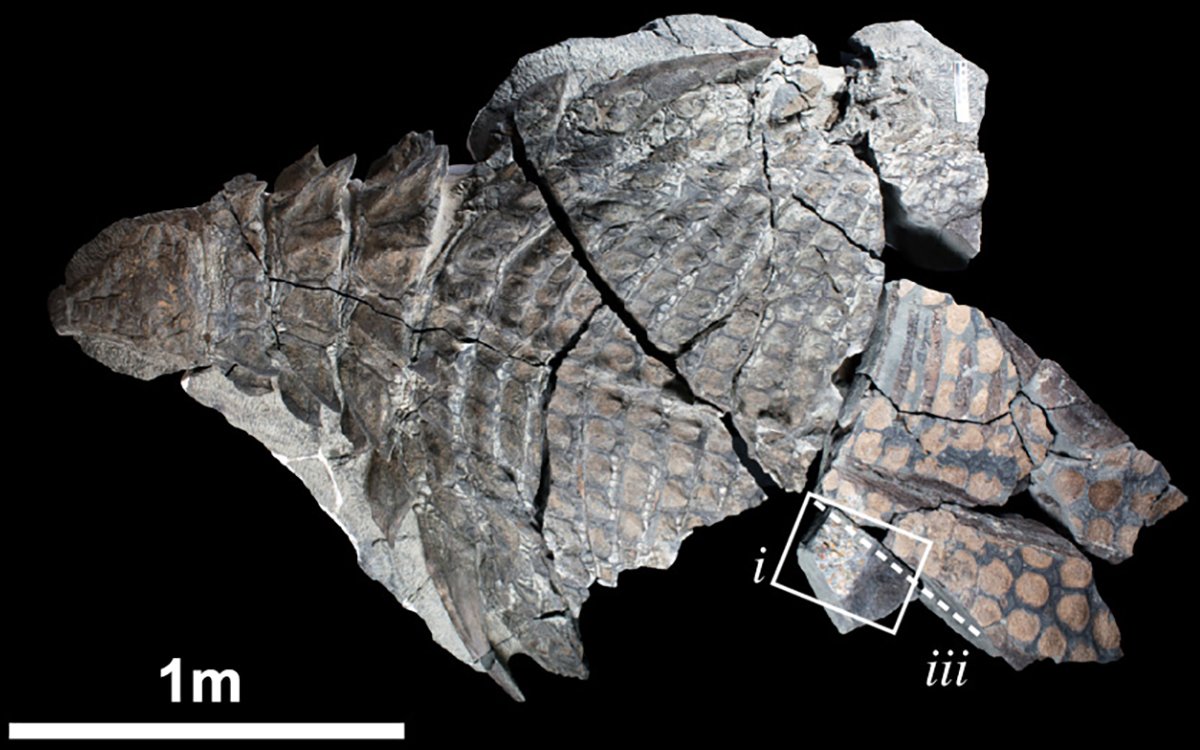Nodosaurs ate flowers
In 2017, an armoured nodosaur known as Borealopelta markmitchelli was found buried upside down in the Clearwater Formation northern Alberta, Canada. Much of its three-dimensional armour was intact. This 1,300-kg creature was buried in the same rock layers as marine reptiles such as an ichthyosaur, plesiosaur, polycotylid, and elasmosaur.

Now, new research has shed light on its last meal. Scientists studying the preserved stomach contents have identified around 50 plants, mostly ferns (85%), but also conifers, moss, and cycads. Some of the plants were halfway through their growing season, meaning that the burial event occurred around early to mid-summer. 6% of its diet was charcoal. Interestingly, this dinosaur was also found to have consumed several angiosperms (flowering plants).
Thirty years ago, most evolutionists taught that grass and flowers did not exist at the time of the dinosaurs because they had not yet evolved. This find adds to the many examples demonstrating that dinosaurs ate both flowering plants and grass. In Job, we read something of the diet of a mighty creature whose description fits that of a dinosaur.
Job 40:15, 21—“Behold, Behemoth, which I made as I made you; he eats grass like an ox … Under the lotus plants he lies, in the shelter of the reeds and in the marsh.”
Science has a habit of catching up with the Bible.
- Brown, C. and 6 others, Dietary palaeoecology of an early Cretaceous armoured dinosaur (Ornithischia; Nodosauridae) based on floral analysis of stomach contents, R. Soc. Open Sci. 7:200305, 18 May 2020.


Readers’ comments
Comments are automatically closed 14 days after publication.